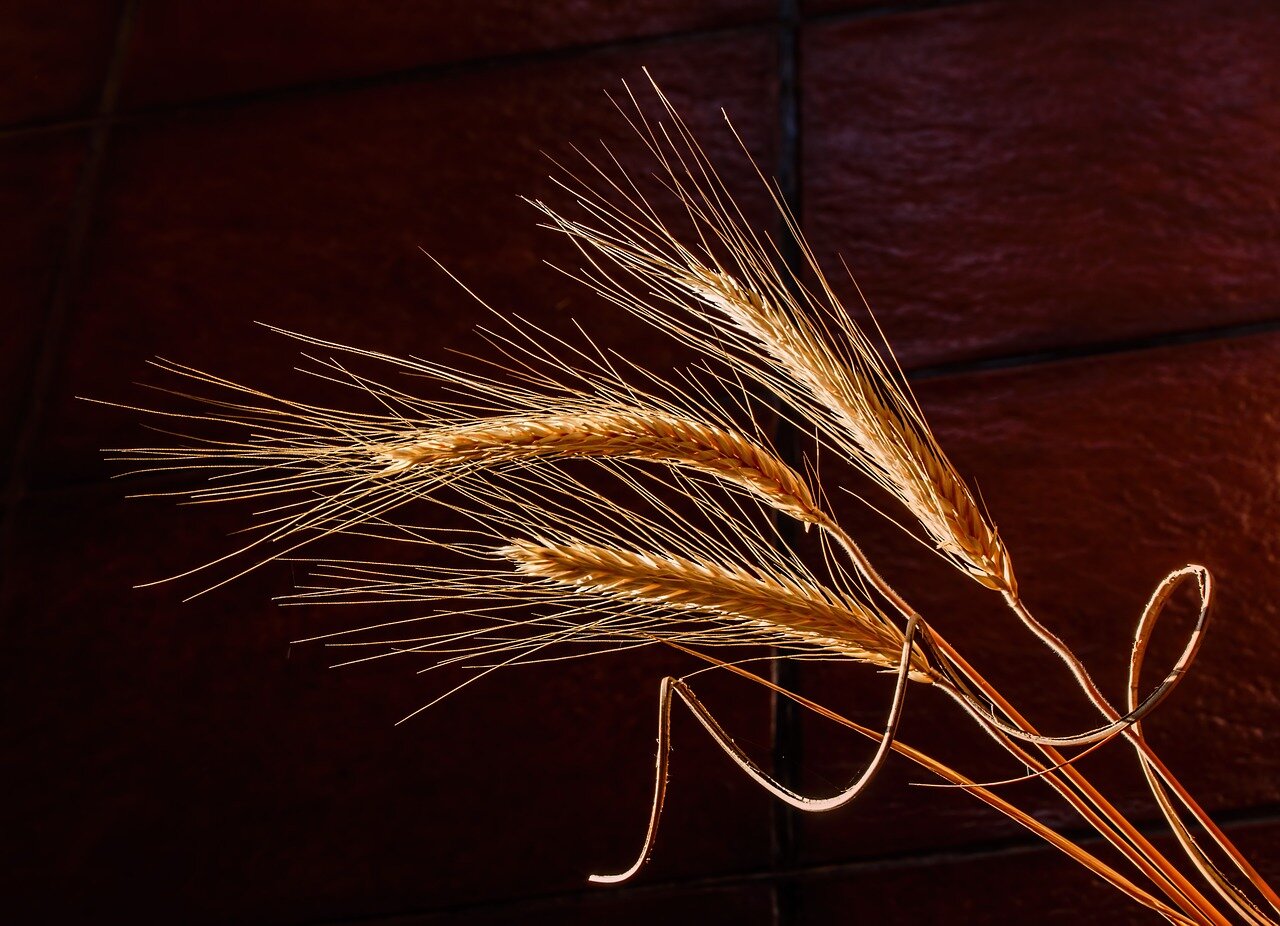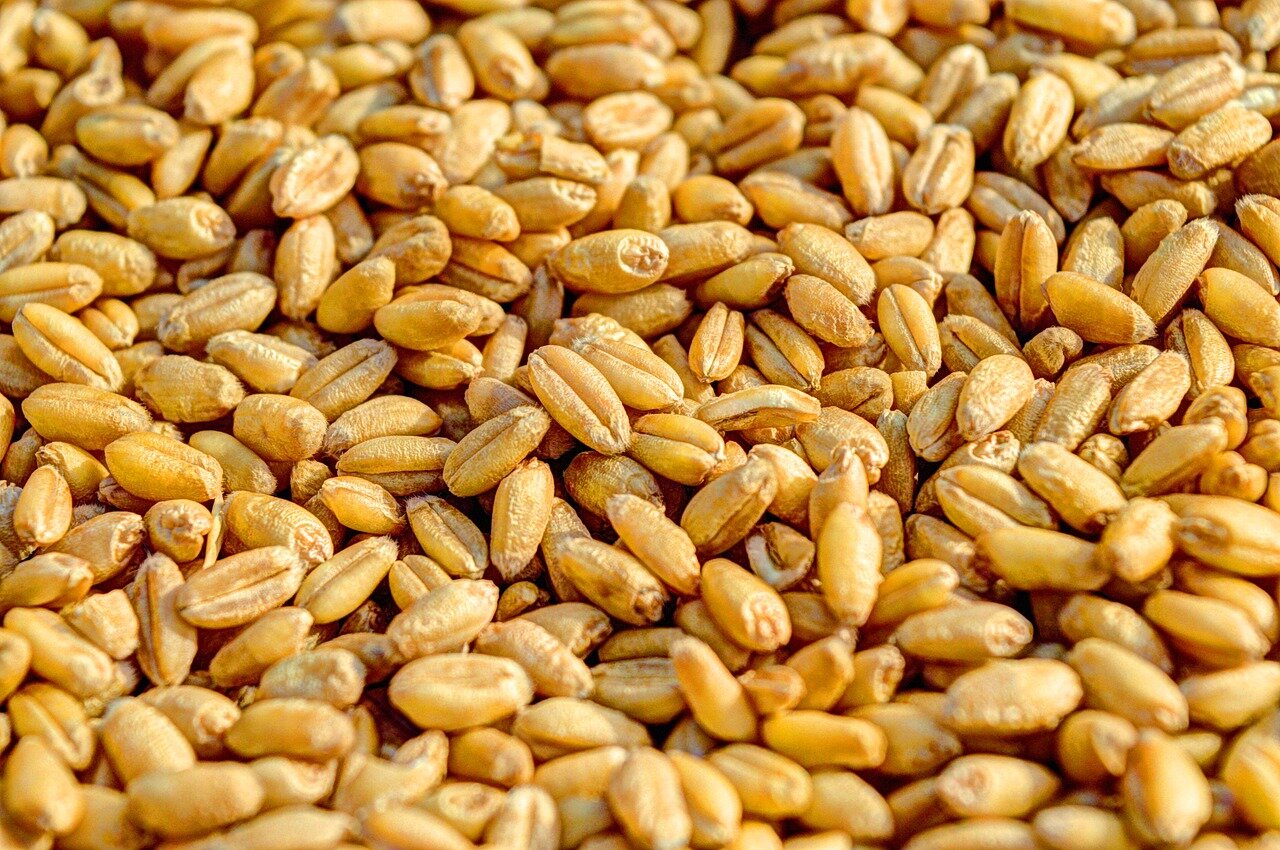In our aim to beat world hunger, we face grand challenges to grow more food. But technology is helping us produce more food than ever. For example, high-tech agriculture systems in urban farming, the use of biotech and other modern farming techniques all increase food productivity. It’s great that we’re developing innovative ways of producing more food, but what’s the use of producing more if we keep on wasting it? It’s a no-brainer – it’s better to save what we already have rather than waste extra effort and resources to create something that we don’t yet have!
We need to think about how to make the food that we already produce go as far as possible. It’s shocking that we waste one-third of all food grown for us to eat. What’s more is that we use an area greater than China to produce food that we waste. And because we use 70% of available freshwater in agriculture, wasting food is wasting water.
1.4 billion hectares of land is used to produce food that is ultimately wasted. An area greater than China. #foodwaste pic.twitter.com/NtCA6PfrZB
— FAOKnowledge (@FAOKnowledge) June 21, 2017
We’re wasting all these food while there’s a severe water scarcity around the world, and children from all parts of the world suffer from malnutrition. The World Health Organisation estimates that over 155 million children under the age of five are stunted. This is a vast improvement to nearly 255 million stunted children in 1990 (see graph below). But there is still some work do to achieve the United Nation’s Sustainable Development Goal to end hunger and all forms of malnutrition by 2030. In fact, there is a lot of work, and I believe that preventing food waste and loss is the best place to start right now.
Tech to reduce food waste
Two terms define the food that we produce but never eat. Depending on where they fall within the food supply chain (from farm to fork) we classify them as either “food loss” or “food waste”. Food loss usually occurs at an early phase of the food supply chain before the food reaches the consumer. We lose food due to faults in the way we produce, process, store and transport food, which may spoil the food or cause a loss in its nutritional value. Food waste usually occurs after the food reaches the consumer. It’s a deliberate act of discarding excess food, throwing food away or letting food spoil. Either way, we lose/waste food at every single stage of the food supply chain (see graph below).
As consumers, we can all make our food go further by reducing household food waste. We should also use science, technology and innovation to reduce food waste/loss at all stages of the supply chain. Recently, there has been a worldwide surge in digital tech aimed at reducing food waste. Danish developers created the “Too Good to Go” free mobile phone app that connects customers to fresh food at a meager price. This is the leftover food that restaurants usually throw away just before they close. Since the launch in 2015, the app has spread across six countries, including the UK, with over 4,500 partner stores/restaurants. It has saved over 1.6 million meals being thrown away.
The Dutch startup NoFoodWasted has developed an app, which shows discounted products that are approaching their best before date. Nearly 200 Dutch supermarkets and over forty thousand consumers use the “Best-before” app. Tech companies are also starting a “food movement” by enabling food mobilisation to where it’s needed. An Irish enterprise FoodCloud has developed an app that connects food retailers with charities. Over 1,900 UK and Irish supermarkets, farms and food manufacturers upload the excess food available for donation using FoodCloud. The app, used by over 3,600 charities, then notifies local charities that the food is available and ready for collection. These charities include breakfast clubs, homeless hostels or family support services. FoodCloud has helped to redistribute over 20 million meals in the UK and Ireland.
Food crime and safety
A few years ago, the “horsemeat scandal” shook the food industry to the core. Burgers and other ready meals labelled as “100% beef” were found to contain a large percentage of horsemeat. The scandal highlighted the complexity of the food supply chain. As the supply chain has become so complicated, they’re challenging to monitor, meaning that there was a low investigation or prosecution of food crime. As a result, criminal networks that operated across the food chain slipped right under the radar. This scandal alone wasted millions of packs of burgers.
The supermarkets have upped their game since the horsemeat scandal and scrutinise the supply chain much more than before. If they are to win the battle against criminals and prevent contamination of food, then they must use technology as the key weapon. For this, food companies need to track the food every step of the supply chain from farm to consumer.
That’s why leading global companies across the food supply chain announced a major blockchain collaboration with IBM. The Walmart and IBM are working on the open-source system that will link each segment of the food chain to give them full coverage of the food system. Blockchain will not only allow a product to be traced back to each point of the supply chain but also see how the food was treated at each point. The technology will provide greater transparency and traceability of the products for everyone involved in the food chain. So next time there is a food scandal, technology may save us a lot of food.
While each of these apps and digital systems is only making a small change in the grand scheme of things, collectively they can make a significant difference. The tech industry that aims to reduce food waste is still in its infancy; inevitably, once it takes off, it will make a huge impact.



Leave a Reply